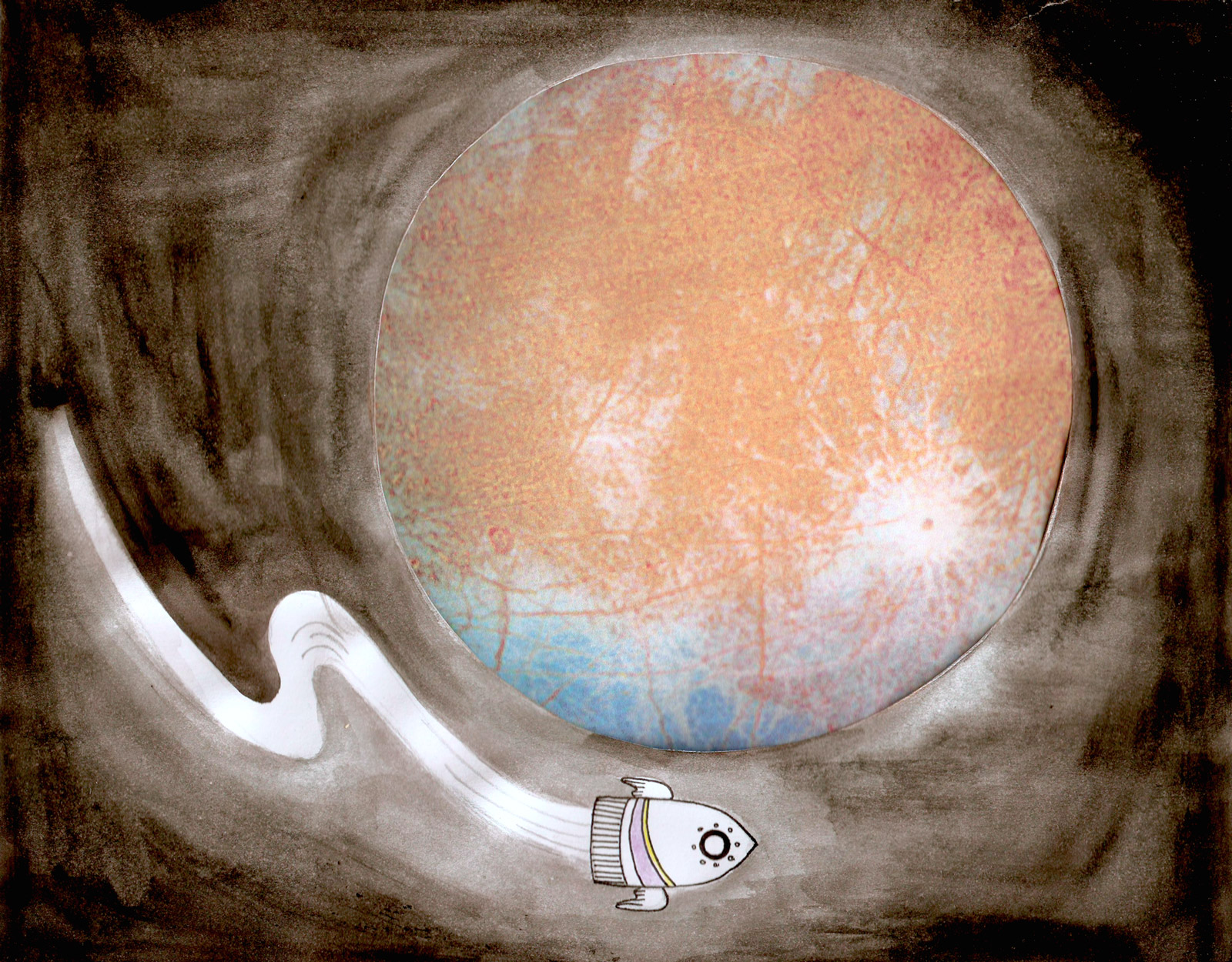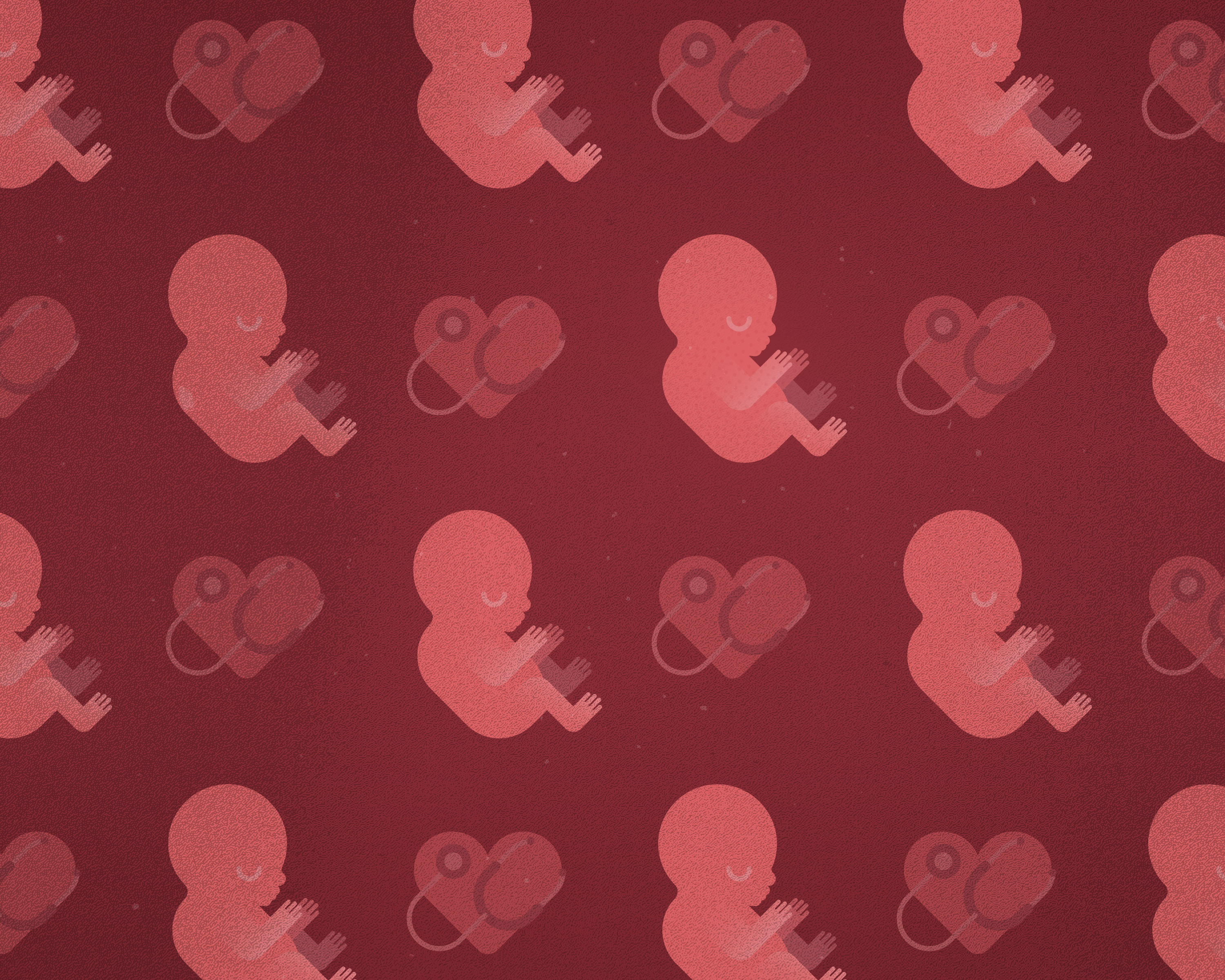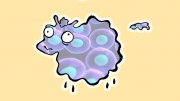The virus formerly known as “swine flu,” or the H1N1 strain of the common influenza virus, has gotten all the press lately, so I thought I would steal back some of the spotlight and feature a group of viruses this week which, it could be argued, are largely responsible for the diversity of life on this planet: the retroviruses.
Despite the name, retroviruses do not enjoy the Bee Gees and bell-bottoms. “Retro” in this case refers to their method of reproduction. Like all viruses, retroviruses, such as the HIV virus, must enter a host cell to replicate. Unlike most other viruses however, retroviruses transcribe their RNA genome into DNA — the opposite, or “retroact,” of what normally happens in cells — which is then inserted into the chromosome of the host cell.
Once integrated into the chromosome, a retrovirus can lay dormant, avoiding your body’s immune system practically forever. They can even be passed genetically from parent to child. However, retroviruses normally enter your chromosome with the goal of using your cellular machinery against you, transcribing its RNA into DNA then back into messenger RNA, which is then translated into proteins, which are then assembled into more viruses. The new viruses then leave the host-cell, with the intent of finding new cells to infect.
Very cool indeed, but you may be wondering, “What does all this have to do with diversity on our planet?” Well, retroviruses are not particularly picky about where in your genome they insert themselves. Only a tiny percentage of your DNA contains important genetic material, called “genes.” If a retrovirus inserts itself into a gene it will effectively mutate that gene. A bad mutation will result in cell death. However, a benign or advantageous mutation could be passed on to the cells’ progeny. So retroviruses are mechanisms of mutation, and therefore evolution. But wait, there’s more.
Remember how only a tiny portion of your DNA actually encodes genes? Well, it turns out, much to the surprise of the people who decoded the human genome, that it’s only 1-2 per cent of your DNA that actually encodes genes. What is that other 98 per cent? Well, a big chunk of it — about 11 per cent, in fact — consists dormant retroviruses, which, over four billion years of evolution, have inserted themselves into our ancestors millions upon billions of times over, and now make up more of us than we do — genetically speaking, of course.
These retroviruses aren’t just there for a free ride though; they encourage genetic recombination of DNA, where strands of DNA exchange pieces of themselves with other strands of DNA, or even between different parts of the same strand, further driving mutation.
So next time you get a wart, instead of cursing it, why not thank it? Because without the retrovirus that caused the wart, life on this planet might never have evolved much past amoebas, and I for one really enjoy being macroscopic.




